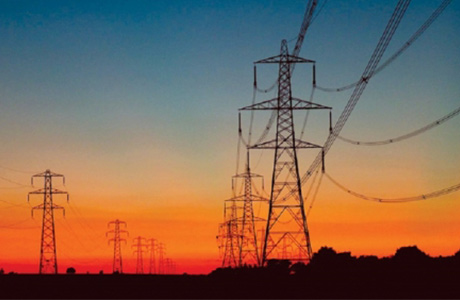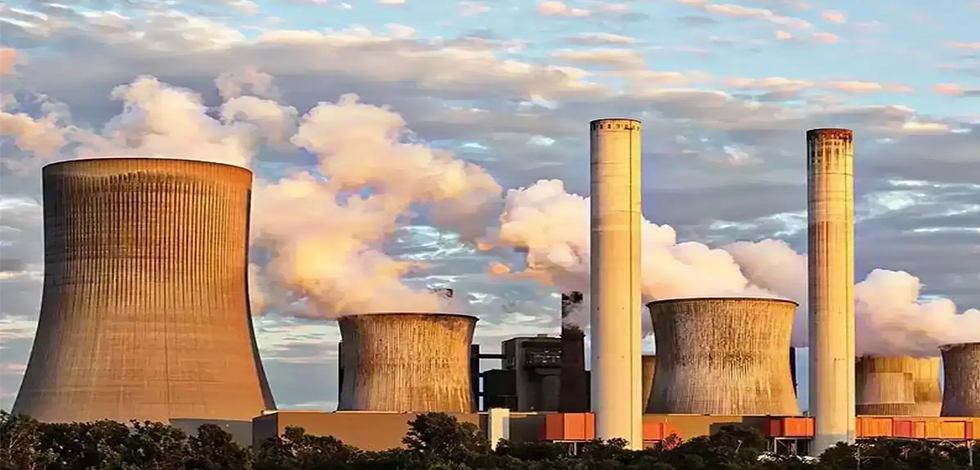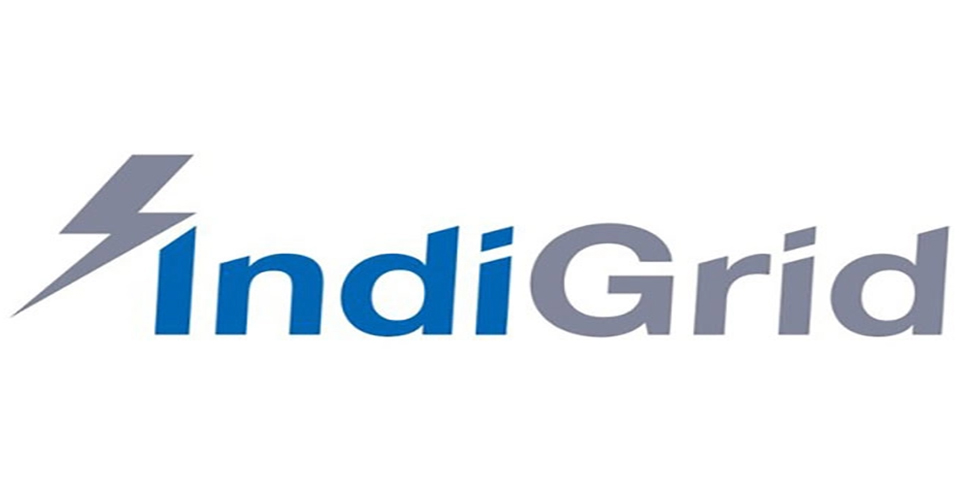KATHMANDU: In view of the various power projects being developed in Nepal, India and the Himalayan nation have agreed to lay down new cross-border transmission lines.
In this regard, laying of new Butwal (Nepal)-Gorakhpur (India) and Lumki (Nepal)-Bareilly (India) transmission lines and setting up of new 400kV sub-stations at Dhalkebar, Butwal and Hetauda -- all in Nepal -- were discussed during the fourth meeting of the Indo-Nepal Joint Working Group and Joint India-Nepal Steering Committee (JSC) on Power Cooperation that concluded here on Tuesday.
"While the modality of construction and funding would be deliberated in the Joint Technical Team, the Indian side expressed its readiness to consider new LOCs for construction of infrastructure on the Nepali side," an Indian embassy statement in Kathmandu read.
Among other decisions made at the bilateral meeting was India's readiness to impart training for Nepali engineers in operational and commercial issues. The Power Grid Corporation of India expressed readiness to design special training courses to meet the requirements of the Nepali side.
Discussing the progress of various India-funded hydropower projects in Nepal, concern was expressed regarding delays in acquisition of forest land for Arun-III (900MW) and Upper Karnali (900MW) projects, which have led to delays in works and economic viability of the projects.
Nepal conveyed that these issues would be resolved within two months.
Nepal also expressed interest in acquisition of LED bulbs, for which the concerned Indian agency would provide required information. It was mentioned that so far India has installed more than 210 million LED
bulbs, which have significantly enhanced power efficiency and reduced cost.
India plans to install 770 million LED bulbs in a few years, and the Indian agency has gained considerable experience in this area.
During the meeting, the Indian side conveyed that the new guidelines issued by India on cross-border trade of electricity is fair and liberal and covers all elements of Power Trade Agreement.
"The guidelines provides a lot of comfort and certainty to power developers interested in exporting electricity to India. The Nepali side appreciated the issuance of the guidelines," said the statement.
In the meeting, Nepal side conveyed its deep appreciation for the efforts by India to supply enhanced quantities of electricity to Nepal that made several parts of the country, including Kathmandu, free of load-shedding this winter.
The current import of 380MW of power from India has been possible on account of the installation of additional transformer at Muzaffarpur by the Indian side, as also by technical improvements at Tanakpur at Nepal's request.
With the commissioning of two new lines -- Raxaul-Parwanipur and Kataiya-Kusaha, the installed capacity for export of power to Nepal will increase by another 100MW to 120MW by the end of February 2017.
Further, with the completion of 220kV substation at Dhalkebar, the installed capacity will increase to almost 700MW by the middle of 2017.
India conveyed its willingness to supply additional electricity to Nepal, the embassy said. On the existing and new transmission lines, the quantity and price of these supplies will be decided by the agencies concerned on the two sides.
The Indian side also agreed to extend technical assistance for improvement of existing infrastructure, so that the era of load-shedding can end in Nepal for good.











Add Comment